The fighting game genre is one of the oldest staples of gaming. Whether playing competitively or amongst friends, people have been button mashing for decades across various titles to thrash their opponents. With the wide-array of subgenres like platform fighters, 2D, or 3D, chances are you’ll find one you enjoy.
While hitting a combination of buttons to pull off cool moves is thrilling, often people don’t know why something works the way it does. Why can’t you block in time after a certain move? Why can your opponent hit you before you hit them even if you push a button at the same time? The answer to these, and more, is simple: frame data. Everything in fighting games operates on frame data and knowing how to read it can give you a leg up on the competition.
Frame Data: How to Read It

Looking at this can seem daunting but it’s a lot easier than at first glance. There’s math involved…don’t leave! It’s worth knowing this.
Related: Street Fighter 6: Full Character Roster Leaked
Startup, Active, and Recovery Frames
Startup, active, and recovery frames are among the most basic knowledge of frame data and they all lead to each other. Startup frames is how long something takes to be active, active frames is how long something can hit, and recovery frames is how long it takes to go from being active back to your neutral state.
Startup: Cassie begins to swing
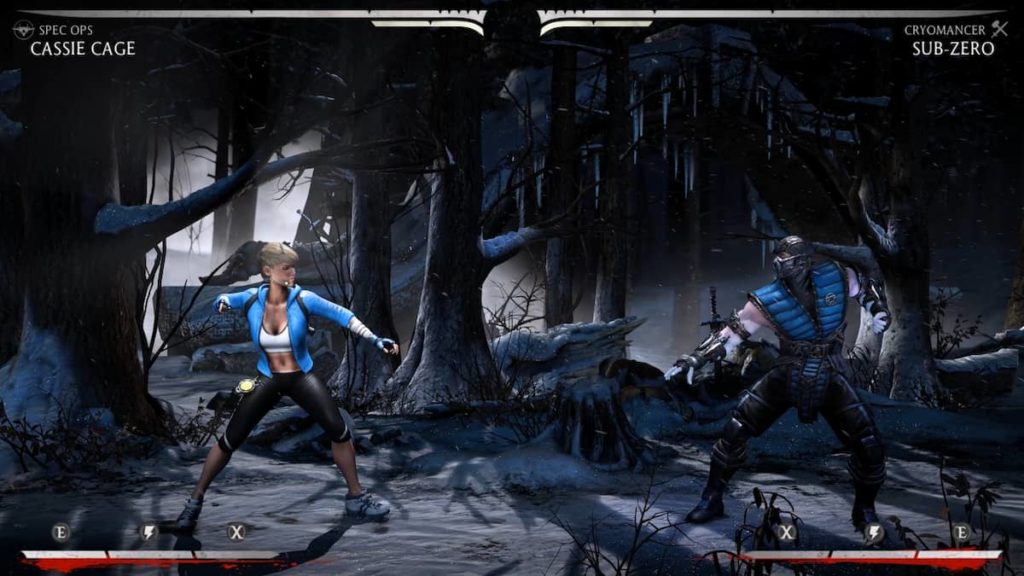
Active: When the baton can hit the opponent
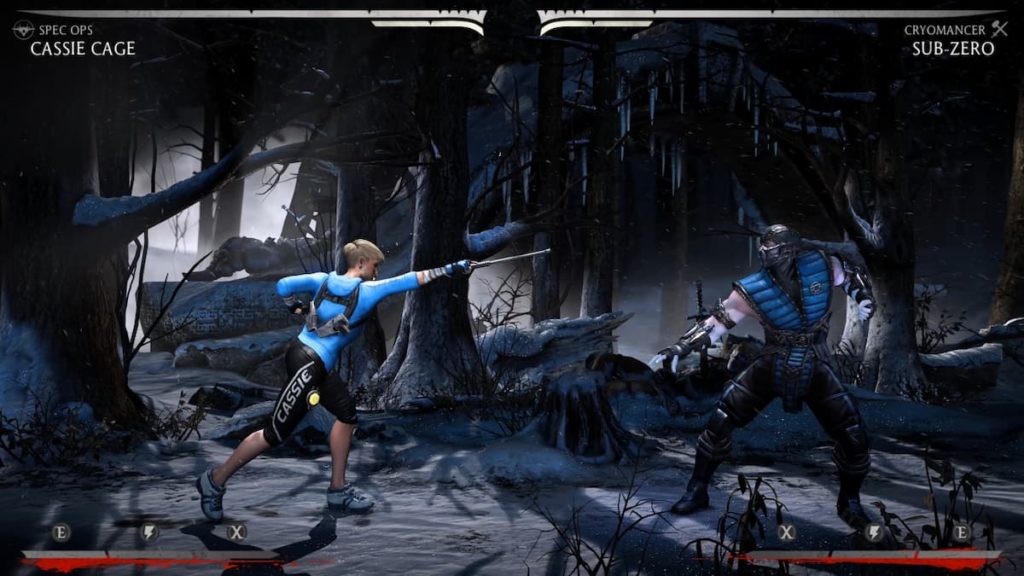
Recovery: Cassie retracts her attack and goes back to neutral
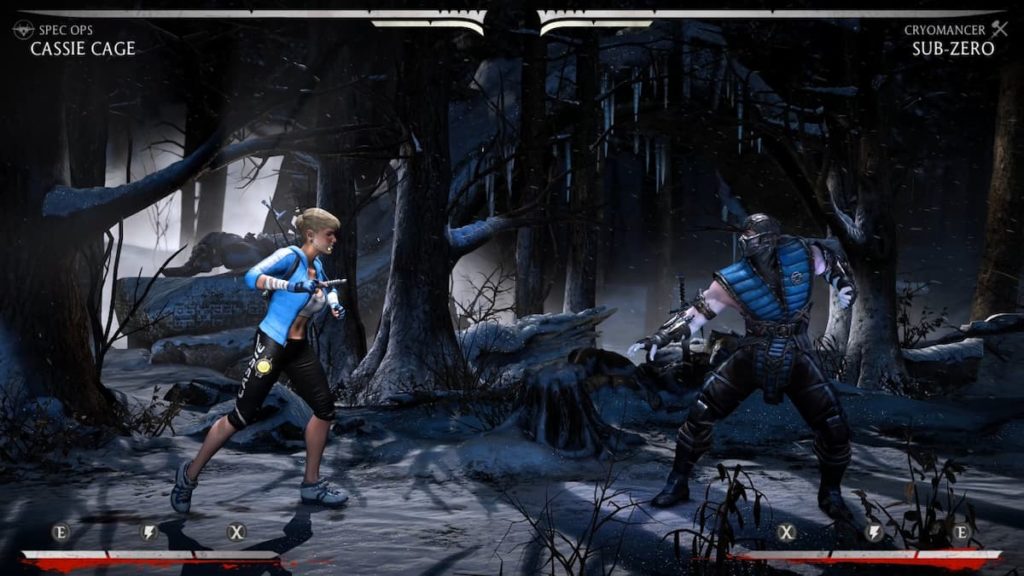
For a simple memory exercise, stand in front of a wall with your arms at your side. That is your neutral state. Start raising your arm to touch the wall, that is the start-up. Touch the wall, however long you touch it, that’s the active. Lower your arm back to your side, the time it takes to go back to a neutral state is recovery.
The Math Involved
If you and your opponent hit a button at the same time, you may still lose. The reason for this is that their startup frames are lower than yours. So, if you hit a button with 8 frames of startup and they hit one with 6 frames of startup, they are two frames faster and will counter you. However, if they hit their button two frames later than you did, you will hit trade (both characters get hit at the same time) as you both entered active frames at the same time.
Plus and Negative Frames
When your move hits your opponent, whether it is a hit or is blocked, it’s either plus, negative, or neutral. Plus frames mean you get an advantage, negative you are at disadvantage, neutral you both are equal in advantage/disadvantage.
The Math Involved
Let’s say you hit a move that leaves you +2. If you try an 8-frame move and your opponent tries a 7-frame or higher move at the same time, you’ll win. The reason for this is that you subtract your plus frames from your startup frames. So, your 8 frame move plus your +2 advantage equals your 8 frame move becoming a 6 frame move. If you opponent does a 6 frame move you would hit trade, if they did 5 or below you would still lose.
Negative frames are the same as positive, just in reverse. So if you are -2 and try an 8 frame move, the opponent can beat you with a 9 frame or below move and would hit trade at 10 frames.
With neutral you and your opponent are in the same state as normal. Meaning if you both hit a 6 frame move at the same time, you would hit trade as neither one has an advantage or disadvantage.
Moves have different advantage and disadvantages depending on if you hit your opponent or they blocked you. A heavy punch may be +3 on hit but -1 on block. It’s important to know what the properties of your move is. Many games offer in-game frame data, but some you need to seek the information online or through a third-party guide.
Using Frame Data
Now that you know what it means, it’s time to put it into practice. Learning the frame data of various characters can allow you to beat out moves or know when to take your turn. If you know a move is -2 and your opponent’s quickest normal attack is 3 frames then you know you can hit a fast button to block any attempt at pressure or even counter their attempted pressure. If you know that a move is -7 then you can punish it with a 6-frame or faster move.
Countering/stuffing normals, knowing when and how to punish, learning that you can’t stick out a move because you’re too negative. Putting this all together will assist you in becoming a better fighting game player.


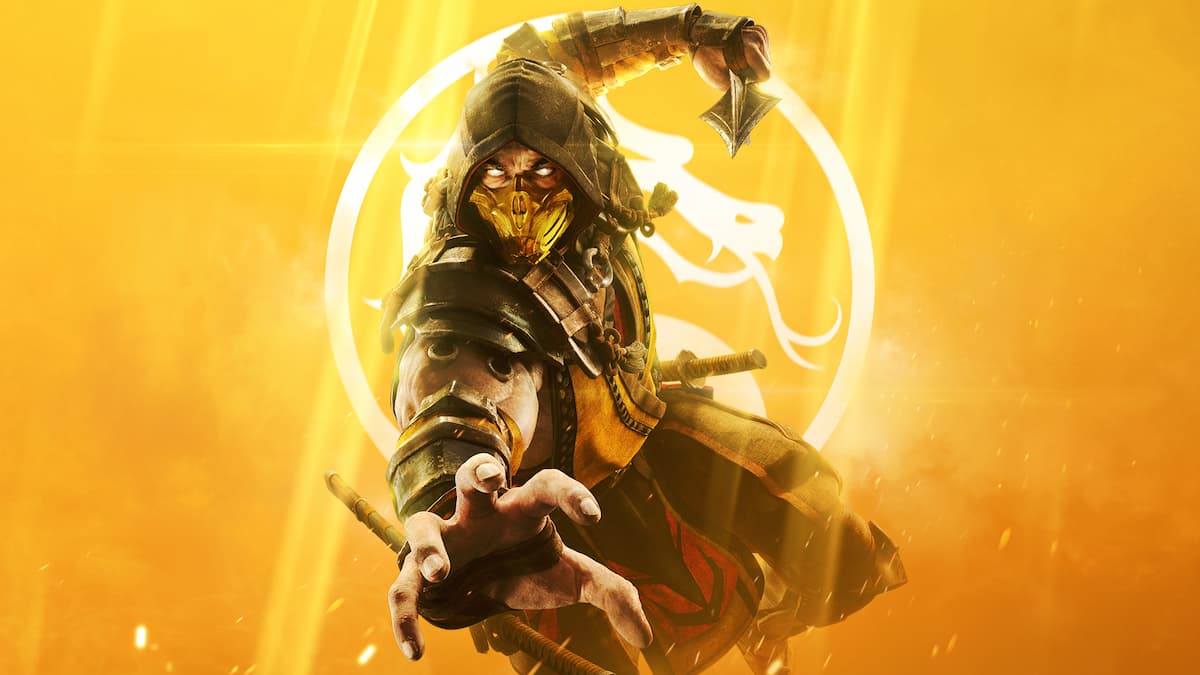


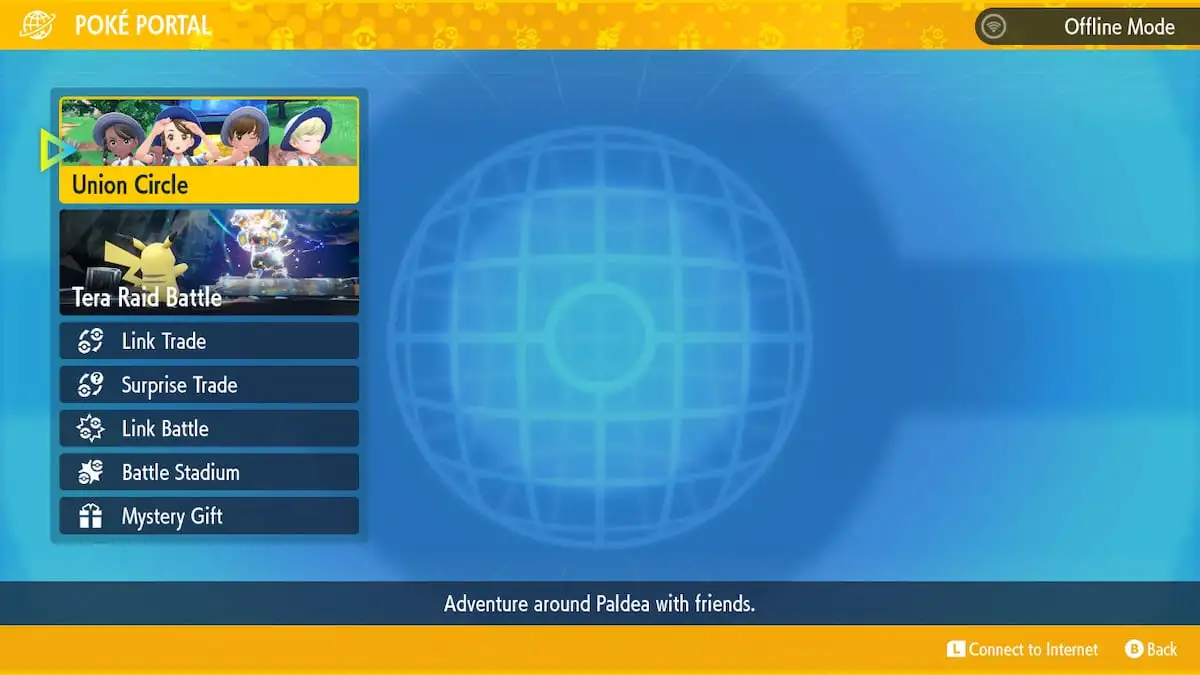
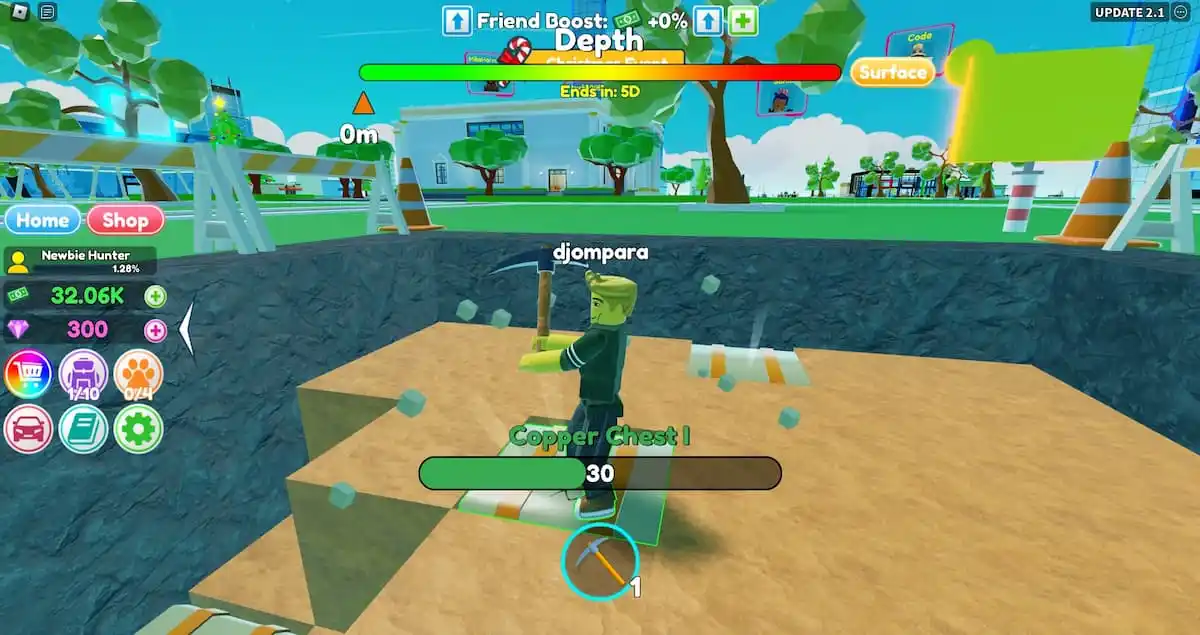
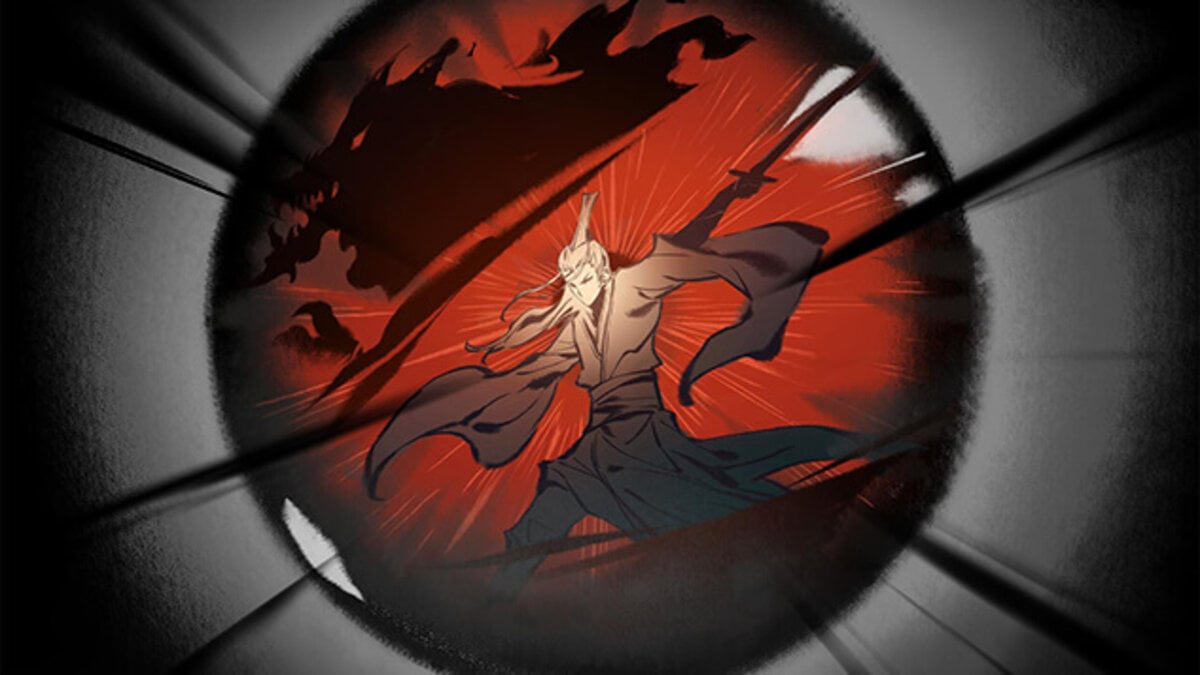




Published: Oct 19, 2022 03:15 pm